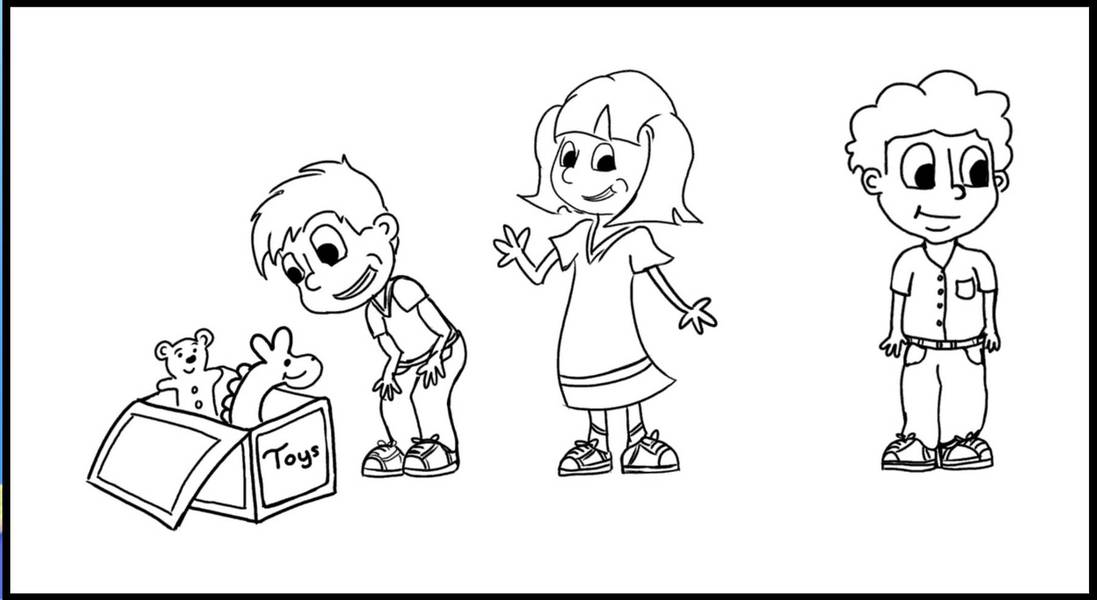Social Communication refers to a child's ability to use language to interact with others in a variety of situations.
Children with good social communication skills:
- Make eye contact when talking and listening
- Naturally adjust their speaking style depending on who they are talking to (parent, teacher, peer, sibling, younger child)
- Talk about a variety of interests and take into mind the interests of the listener
- Know when it’s their turn to speak in back and forth communications
- Use body language and facial expressions to communicate needs, emotion, and information
Characteristics of social communication disorders include difficulties with the use of verbal and nonverbal language for social purposes. A social communication disorder may occur alone or within the context of other conditions such as autism spectrum disorder (ASD), language impairment, or attention deficit hyperactivity disorder (ADHD).
How the Well Screening can help
Subtest 5: Pragmatics measures the ability to use nonverbal communication (facial expressions, body language, etc.) and contextual cues to interpret social communication. The child is shown different drawings of social contexts (e.g., an ice cream shop, a doctor’s office, a classroom, etc.), given a verbal description of what’s happening in the picture, and then asked to select the person in the picture who is doing the talking or the listening. Example: A person is looking for a favorite toy. Someone asked, “Can I help you find it?”. Point to the person who asked, “Can I help you find it?”.
 Buy Now
Buy Now


